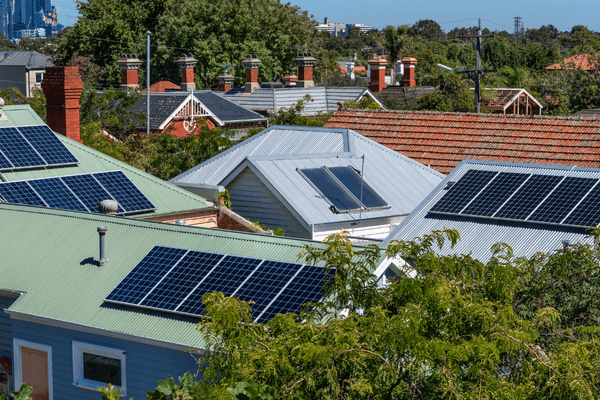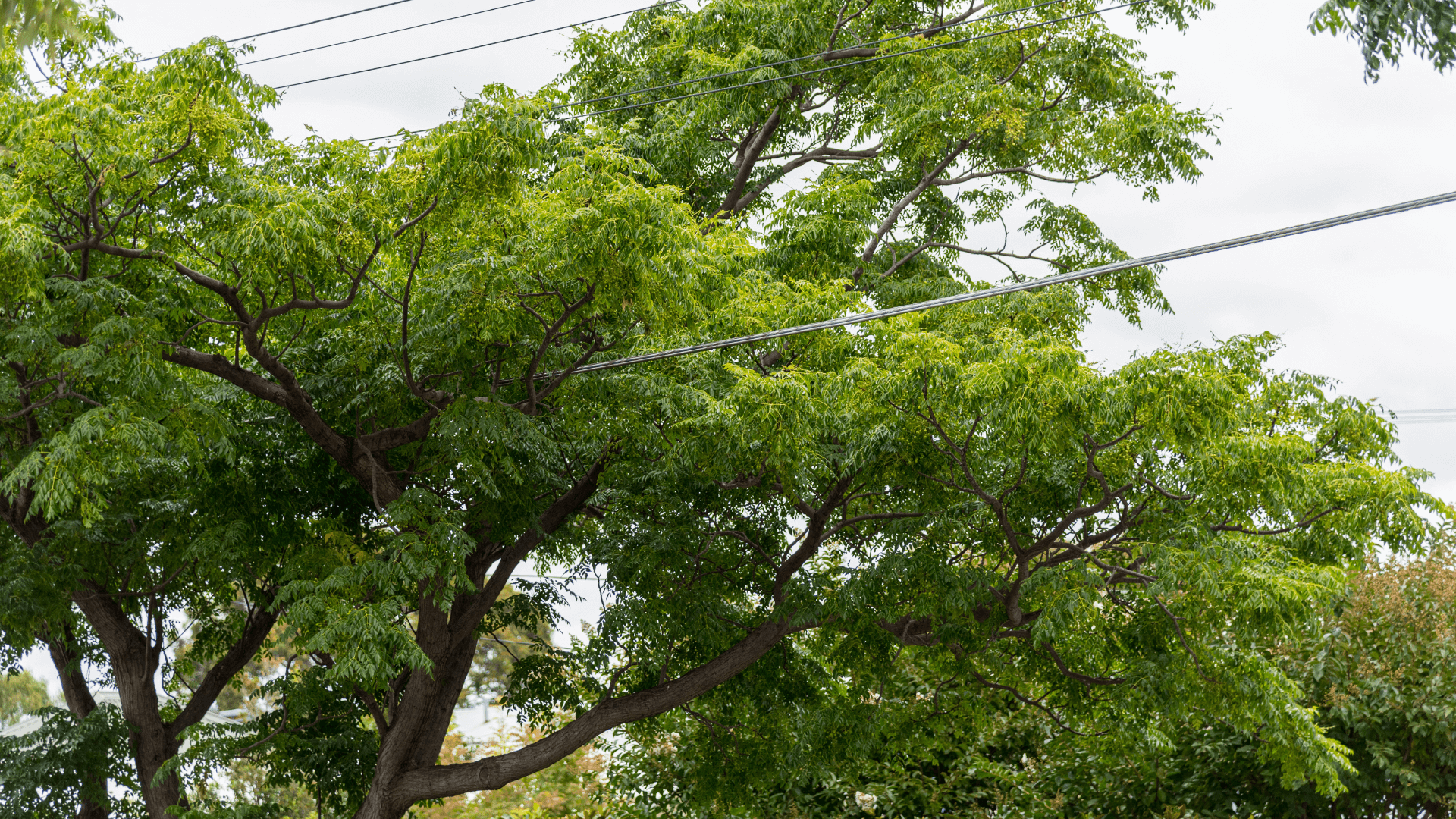Approximately two-thirds of power outages in metropolitan areas occur due to fallen trees or branches on powerlines.
Are some trees better suited than others?
When it comes to planting and pruning vegetation near powerlines, the answer is YES!
- Only plant low-growing species near powerlines. Ask your electricity distributor for a list of suitable species for your area.
- Always keep an eye on vegetation and prune trees and shrubs before they grow close to powerlines. Engage a qualified contractor to prune vegetation on your property if you cannot.
- Before starting any garden work, look up and locate overhead powerlines, and avoid pruning in windy conditions.
who is responsible for tree trimming?
In most cases, it will depend on where the tree or vegetation is located.
TREES ON YOUR PROPERTY
Homeowners are responsible for maintaining clearances between trees and powerlines on their own property. Here are some simple rules to help guide you on how to do this safely.
- Always hire a professional arborist or tree trimmer to cut back vegetation growing near powerlines. Given the potential dangers, it’s best to leave it to the professionals if trees are close to powerlines.
- You may need approval from your local council before you trim vegetation on your property.
- If you have any questions or need clarification about your responsibilities regarding the trees on your property, you should contact your electricity distributor for more information.
Trees on council land
Trees on council land may be maintained by your electricity distributor or the councils themselves.
- Throughout the year, electricity distributors and local councils will cut back vegetation near powerlines to reduce the risk of power outages, electrical fires, and power surges.
- Although tree trimming in your street can look severe, it’s necessary to keep the community safe. Arborists will consider the tree species, its health, and how quickly it will grow in the coming months before making pruning decisions.
What should you do if you see a tree or branch on powerlines?
- Leave it to the expertsNever attempt to pull a tree or branch away from powerlines. Trees and foliage can conduct electricity and the electrical current can easily transfer through touch, potentially causing serious injury or worse, death.
- Stay away and call your electricity distributorStay at least 8 metres away from any tree in contact with powerlines and call your electricity distributor. If in an emergency, call triple zero (000) immediately.
- If there's fire, leave it to the fire brigadeTrees can easily ignite when exposed to electricity. Don't attempt to extinguish an electrical fire with water. Stay well clear and wait for the fire brigade to arrive.
- Keep tools away as they can conduct electricityWe all know metal conducts electricity. If garden tools like ladders and hedge clippers come into contact with powerlines, leave them. It's important to stay away and call your electricity distributor and 000.

Solar panel safety
With over 3.9 million solar PV systems installed across Australia in the last 20 years, it's important to ensure that they are maintained and you know how to be safe around them.
In an emergency call 000
your electricity distributor
Check your electricity distributor's website or social media for updates on power outages.
Electricity distributors in Australia have resources including outage maps that can be accessed online. Many also give live updates via social media.
Contact your electricity distributor to report fallen wires or damaged poles and powerlines.
If you notice an electrical hazard, report it to your electricity distributor immediately, either online or by phone.
